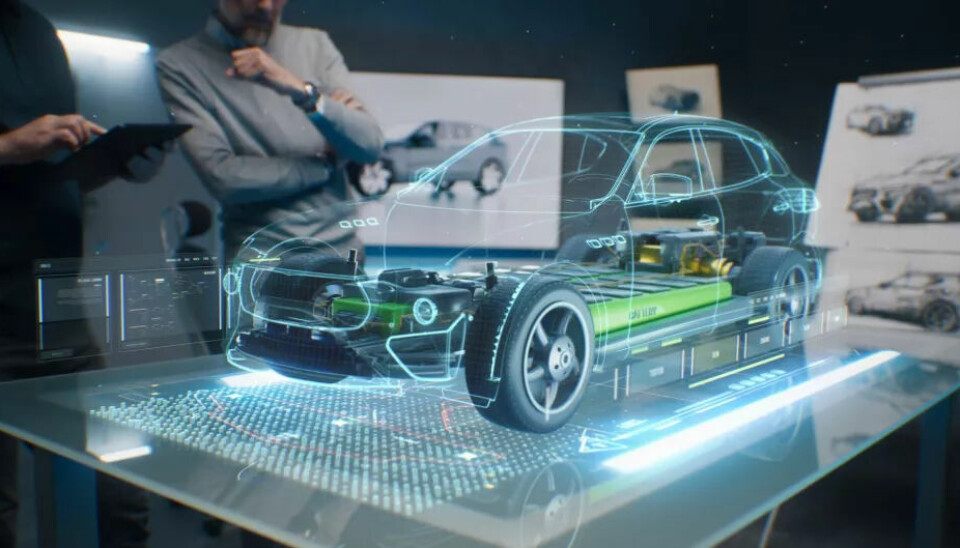Automotive Software Integration
How Open Source is Shaping the Future of Mobility
OSS is a platform for innovation, a driver of independence, and a key enabler of future-proof vehicle architectures.
Adobe Stock / Framestock
Open source is gaining ground in the development of software-defined vehicles (SDVs) – but with flexibility comes complexity. To harness its full potential, the automotive industry must embrace this technology with structure, clarity, and long-term commitment.
Software-defined vehicles (SDVs) are at the heart of the
mobility revolution. Increasingly, car manufacturers are turning to open source
software (OSS) to power their next-generation platforms – thanks to its
flexibility, lower cost, and potential for enhanced security and performance.
But as the new report “Challenges Facing Open Source Software in the Automotive
Ecosystem” from the Eclipse Foundation shows, the path to integration is far
from frictionless.
Based on a 2024 survey of 300 automotive software
professionals and decision makers across Europe, North America and
Asia-Pacific, the report paints a nuanced picture of how OSS is being adopted
in the automotive sector – and where it falls short in practice.
For decision makers, the primary advantages of OSS include
improved performance, stronger security through transparency, and the ability
to customise solutions. Developers, in turn, value OSS for enabling
cost-efficient development and for driving the adoption of advanced
technologies such as AI and IoT. But these benefits don’t come without effort.
Integration is the real challenge
One of the biggest barriers identified in the report is the
complexity of integration. Developers want clearer standards, better
documentation, and streamlined tooling to make open source projects easier to
embed in SDV environments. Maintenance, scalability, and real-time system
demands also present ongoing technical challenges.
This is where foundations play a key role. OSS foundations
like Eclipse don’t just maintain codebases – they provide project governance,
ensure security best practices, support community building, and act as a
stabilising force for long-term success. Their credibility is essential in
gaining trust, particularly in mission-critical applications such as autonomous
driving or safety systems.
Different perspectives, different priorities
Interestingly, the report shows a gap between strategic and
operational perspectives: while executives focus on governance, stability, and
licensing concerns, developers are primarily concerned with day-to-day
usability, modularity, and technical flexibility.
Policy makers also have a role to play. The report
recommends supporting OSS through clear regulations, funding programs that
reduce adoption barriers, and encouraging shared security and integration
standards across the industry – particularly for safety-critical systems.
Ultimately, the message is clear: OSS is more than a tool to
reduce costs. It’s a platform for innovation, a driver of independence, and a
key enabler of future-proof vehicle architectures. But to fully leverage it,
the automotive ecosystem must invest in structure, collaboration, and a
long-term mindset.
























